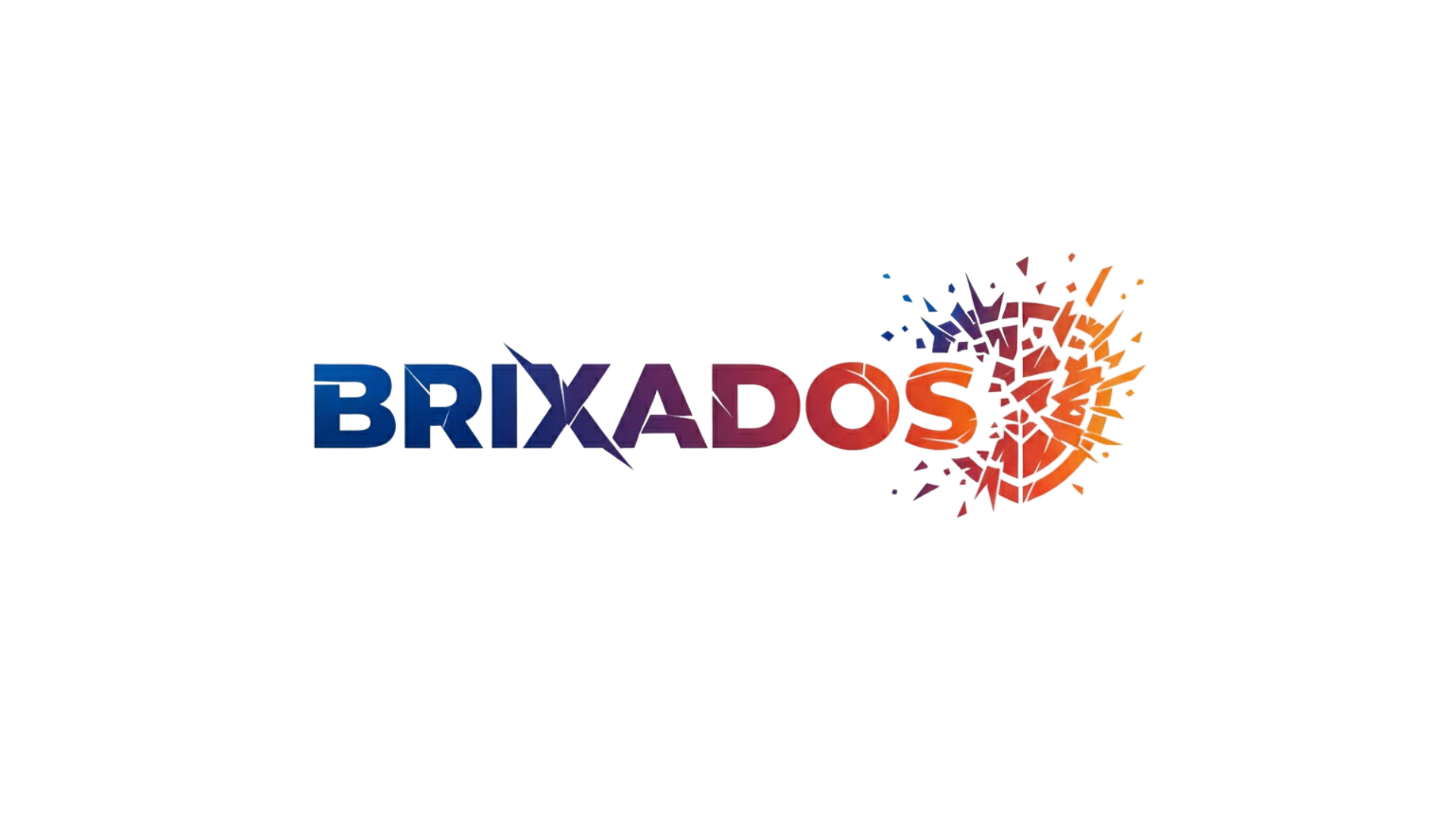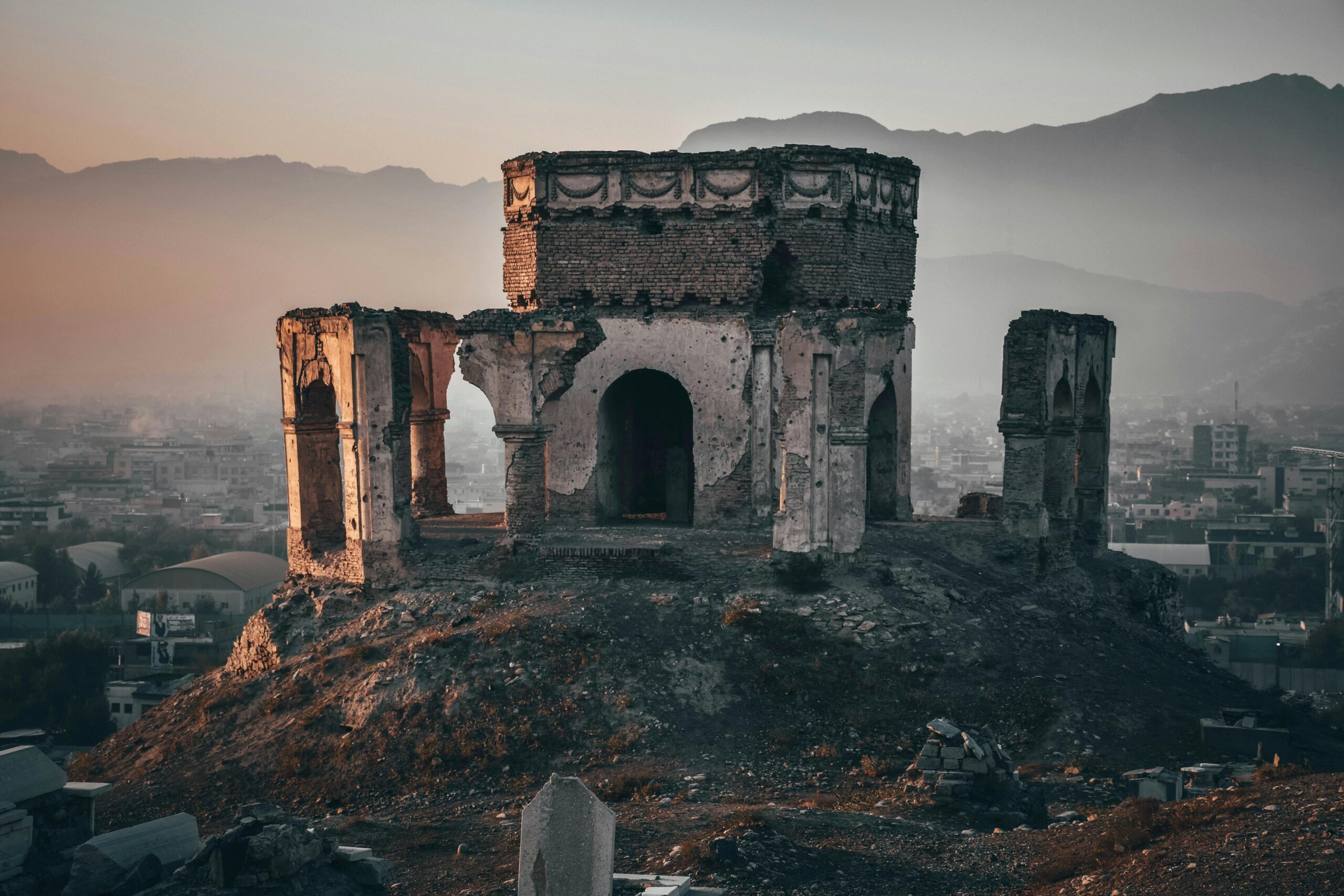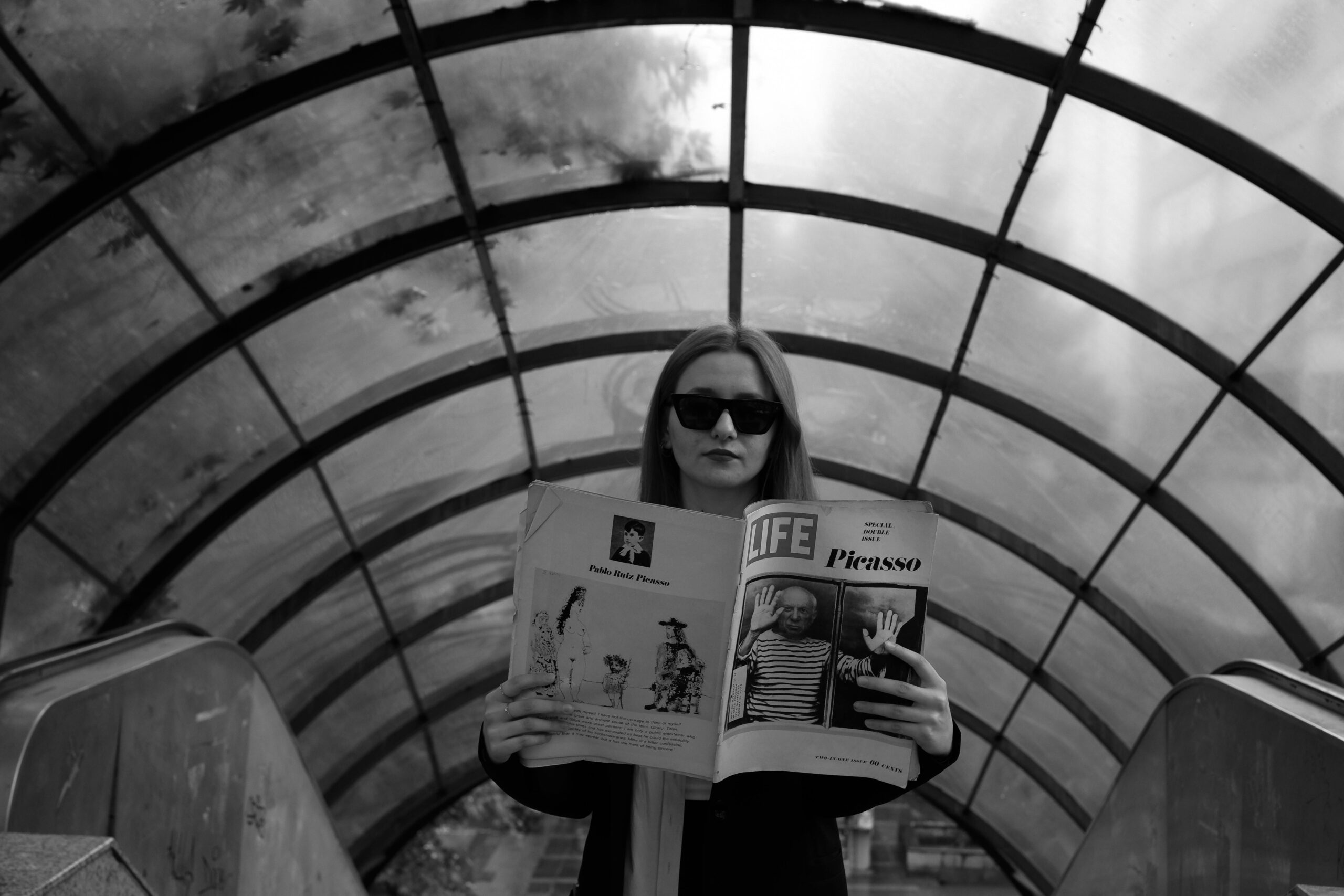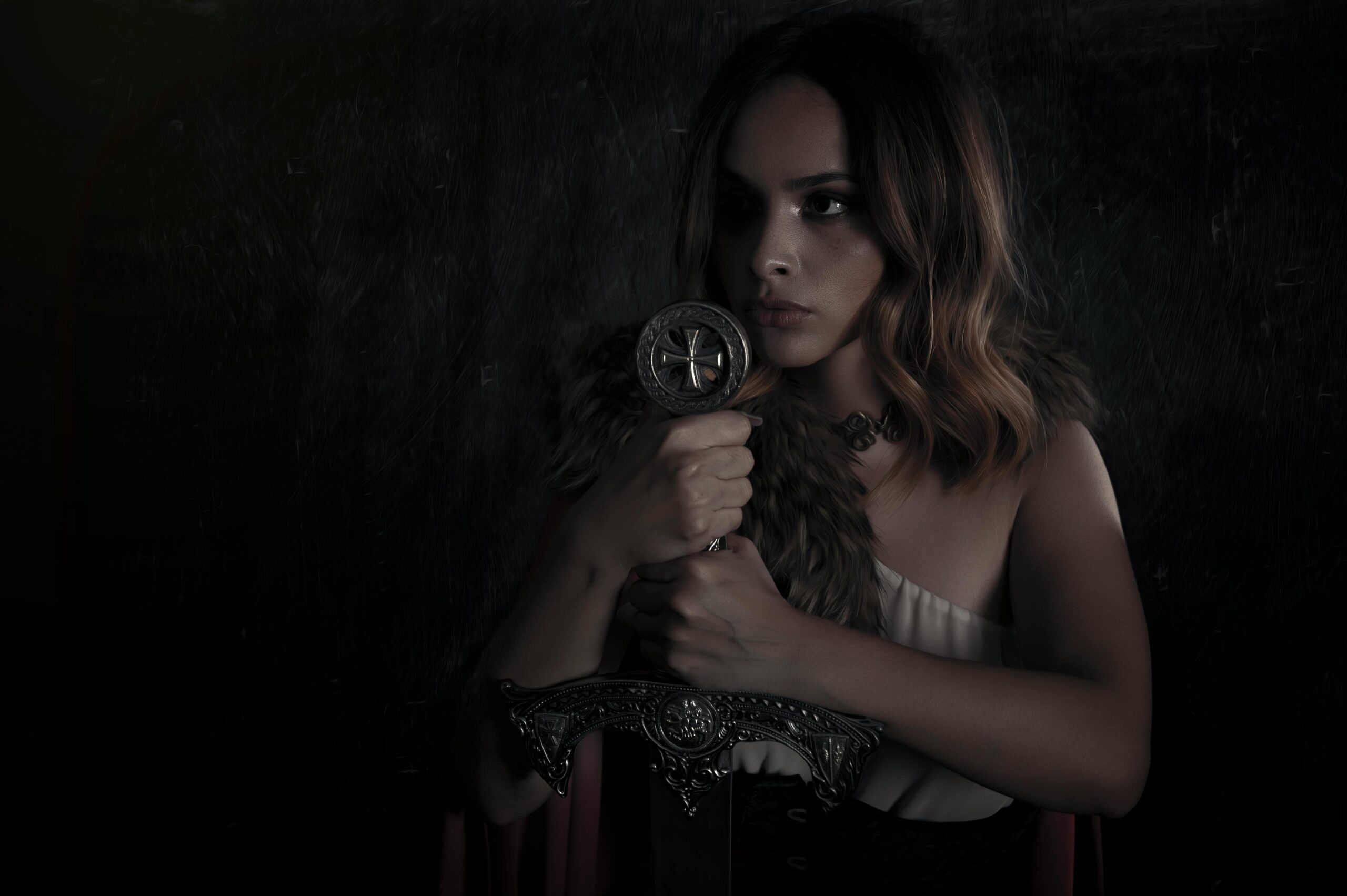The modern mythic hero rises not from ancient scrolls, but from the digital age’s complex narratives, embodying timeless archetypes while navigating unprecedented challenges of reinvention and redemption.
🌟 The Evolution of Heroism in Contemporary Storytelling
Our collective fascination with heroes has transcended millennia, evolving from campfire tales to blockbuster cinema. Yet something fundamental has shifted in how we perceive, construct, and celebrate these larger-than-life figures. Today’s mythic hero bears little resemblance to the unblemished champions of yesterday. Instead, they emerge scarred, flawed, and profoundly human—making their journey toward redemption all the more compelling.
The modern mythic hero exists at the intersection of classical mythology and contemporary psychology. They carry the weight of Joseph Campbell’s Hero’s Journey while simultaneously grappling with existential crises that would have been foreign to Odysseus or Beowulf. These characters don’t simply slay dragons; they confront their own demons, question their purpose, and struggle with the moral ambiguity that defines our current cultural landscape.
What distinguishes today’s heroic narratives is their emphasis on reinvention as a continuous process rather than a singular transformation. The hero doesn’t emerge from their ordeal fully formed and unchanging. Instead, they must repeatedly reimagine themselves, adapting to new threats, evolving moral frameworks, and shifting societal expectations. This perpetual state of becoming resonates deeply with audiences navigating their own constant personal evolution.
The Architecture of Modern Heroic Redemption
Redemption arcs have become the beating heart of contemporary mythic storytelling. Where classical heroes often began their journeys as inherently noble figures temporarily displaced from their rightful positions, modern heroes frequently start from places of genuine moral compromise. They are fallen warriors, corrupted politicians, broken parents, or disillusioned idealists who must climb out of authentic darkness.
This shift reflects our cultural understanding that redemption holds more narrative power than perfection. Audiences don’t merely want to witness greatness—they want to understand how greatness can be reclaimed from failure. The journey from shame to honor, from selfishness to sacrifice, from despair to hope creates emotional resonance that transcends entertainment and enters the realm of personal meaning.
The redemptive journey typically unfolds through several recognizable phases that honor classical structure while embracing modern complexity:
- The Fall: A moment of moral failure or devastating loss that strips away the hero’s identity and purpose
- The Wilderness: A period of isolation, self-examination, and confrontation with uncomfortable truths
- The Call to Return: An external crisis that demands the hero’s unique capabilities despite their unworthiness
- The Crucible: Trials that test not just competence but character, forcing choices between comfort and growth
- The Sacrifice: A willingness to surrender something precious for the greater good, demonstrating transformation
- The Integration: Recognition that redemption doesn’t erase the past but incorporates it into a wiser, more complete identity
Flawed Champions and Vulnerable Strength 💪
The mythology of invulnerability has crumbled. Today’s heroes bleed, break, and sometimes fail completely. Their power lies not in imperviousness but in their capacity to endure, adapt, and persist despite overwhelming vulnerability. This represents a profound shift in how we conceptualize strength itself.
Characters like Tony Stark, who built heroism from trauma and ego; or Katniss Everdeen, who never fully recovered from the violence she endured; or Kratos, who carries the weight of patricide and rage—these figures resonate because their brokenness is never fully mended. They function despite their fractures, channeling damage into purpose without pretending to be whole.
This approach to heroism acknowledges what previous generations of storytelling often ignored: trauma leaves marks, mistakes have consequences, and growth doesn’t mean becoming someone entirely different. The modern hero learns to carry their scars as evidence of survival rather than symbols of shame. Their vulnerability becomes a source of connection rather than weakness, allowing audiences to see their own struggles reflected in mythic proportion.
The Feminine Reconfiguration of Heroic Mythology
One of the most significant reinventions in modern mythic storytelling involves the expansion and reconfiguration of heroism beyond traditionally masculine frameworks. Female heroes have moved from supporting roles or token representation to occupy central positions in defining what heroism means in contemporary narratives.
This shift extends beyond simply placing women in roles previously occupied by men. It involves recognizing different expressions of strength, courage, and leadership that challenge patriarchal assumptions embedded in classical mythology. The modern heroine’s journey often emphasizes community-building over individualistic conquest, emotional intelligence alongside physical prowess, and collaborative problem-solving rather than solitary heroics.
Characters like Wonder Woman navigate the tension between warrior strength and diplomatic wisdom. Rey from Star Wars embodies a search for belonging that complements her Force abilities. Furiosa demonstrates that redemption can involve liberating others from systems of oppression. These narratives don’t diminish traditional heroic qualities but expand the vocabulary of what heroism encompasses.
⚔️ The Anti-Hero’s Rise and Moral Complexity
The anti-hero has evolved from a novelty to a dominant archetype in modern storytelling. These morally ambiguous figures reject the black-and-white ethics of traditional heroism, operating in spaces where noble intentions collide with questionable methods, and where survival sometimes demands compromise.
Characters like Walter White, Deadpool, Jessica Jones, and The Punisher occupy uncomfortable moral territories. They pursue objectives we might sympathize with through means we cannot fully endorse. Their stories force audiences to grapple with difficult questions about justice, vengeance, and the circumstances that might justify ordinarily unacceptable actions.
This phenomenon reflects a cultural shift toward moral relativism and recognition of systemic complexity. In a world where institutions fail, authorities lie, and systems perpetuate injustice, the clean heroism of yesteryear feels naïve. The anti-hero acknowledges that navigating contemporary existence often requires dirty hands and difficult choices, even from those trying to do good.
Technology as Both Weapon and Wound
Modern mythic heroes exist in relationship with technology in ways unprecedented in classical mythology. Technology functions simultaneously as the source of their power and their alienation, their redemption and their downfall. This duality creates narrative tensions that define contemporary heroism.
Consider how Tony Stark’s arc reactor both saves and symbolizes him—a technological heart that keeps him alive while marking his transformation. Or how Batman’s gadgets create distance between Bruce Wayne and genuine human connection. Or how The Matrix trilogy explores whether technological integration represents transcendence or subjugation.
These narratives reflect our ambivalent relationship with innovation. Technology promises solutions to existential threats while simultaneously creating new vulnerabilities. The modern hero must master tools that threaten to master them, maintaining humanity while interfacing with inhuman systems. This struggle mirrors our collective negotiation with digital transformation, artificial intelligence, and the question of what remains essentially human when so much of life becomes mediated by machines.
🔄 Cyclical Redemption and the Eternal Return
Unlike classical heroes who often achieved final victory or definitive redemption, modern mythic heroes increasingly exist in states of cyclical struggle. Their redemption isn’t a destination but an ongoing process, reflecting postmodern skepticism toward neat resolutions and permanent transformations.
Superhero franchises particularly exemplify this pattern. Spider-Man repeatedly learns responsibility. Batman continually confronts his trauma. The X-Men endlessly fight for acceptance. These cycles acknowledge that personal growth isn’t linear, that old wounds can reopen, and that redemption requires constant recommitment rather than single heroic gestures.
This narrative structure resonates with contemporary understanding of mental health, addiction, and personal development. We recognize that healing isn’t about reaching a final state of “fixed” but about developing tools and resilience to navigate recurring challenges. The hero who must repeatedly choose courage, compassion, and growth reflects our own experience of life as continuous becoming rather than achieved being.
Collective Heroism and Distributed Mythology
Modern storytelling increasingly questions the individualistic framework of classical heroism, exploring instead how heroism functions as a collective endeavor. The Avengers, the Fellowship of the Ring, the crews of Star Trek—these ensembles demonstrate that contemporary challenges often exceed individual capacity, requiring diverse skills, perspectives, and collaborative action.
This shift reflects real-world recognition that systemic problems demand collective solutions. Climate change, pandemarity, economic inequality—these challenges cannot be solved by lone champions but require coordinated action across communities. Modern mythology prepares us for this reality by modeling how different strengths combine, how egos must sometimes yield to group needs, and how heroism can be distributed rather than concentrated.
The ensemble approach also allows for greater diversity in heroic representation. When heroism isn’t concentrated in a single protagonist, stories can explore how different backgrounds, abilities, and perspectives contribute uniquely to problem-solving. This creates space for audiences to see themselves reflected in heroic narratives regardless of whether they match traditional heroic demographics.
🌍 Cultural Hybridization and Global Mythology
As storytelling becomes increasingly globalized, modern mythic heroes draw from diverse cultural traditions, creating hybrid mythologies that transcend regional boundaries. Characters like Shang-Chi blend Eastern martial arts philosophy with Western superhero conventions. Black Panther integrates Afrofuturist aesthetics with traditional comic book narratives. These fusions create richer, more complex heroic frameworks.
This cultural cross-pollination enriches the mythic landscape while raising important questions about appropriation, authenticity, and representation. When does borrowing from cultural traditions honor them, and when does it exploit them? Modern storytelling grapples with these tensions, ideally creating space for authentic voices to shape how their cultural heritage appears in global narratives.
The result is a mythology that reflects our interconnected world—heroes who carry multiple cultural inheritances, who navigate between traditions, and who demonstrate that strength can be drawn from diversity rather than homogeneity. This prepares audiences for citizenship in an increasingly global society where rigid cultural boundaries continue to soften.
The Shadow Self and Integrated Identity
Modern heroic mythology frequently employs the Jungian concept of the shadow self—the rejected, denied, or suppressed aspects of identity that must be acknowledged and integrated for wholeness. This psychological framework adds depth to redemption narratives, suggesting that heroism requires confronting internal darkness rather than simply defeating external villains.
Stories like Fight Club, Black Swan, and numerous superhero narratives feature literal confrontations between heroes and shadow versions of themselves. These encounters force protagonists to acknowledge their capacity for violence, selfishness, or moral compromise. Redemption comes not from destroying these darker impulses but from integrating them consciously, choosing when and how to channel them rather than being controlled by them.
This approach to heroism acknowledges that human nature contains contradictions—that the same capacity for violence that enables protection can become destruction, that ambition can drive achievement or corruption, that love can inspire noble sacrifice or possessive control. The mature hero learns to hold these tensions rather than resolve them into simplistic good-or-evil dichotomies.
✨ Crafting Your Own Heroic Narrative
The enduring power of mythic heroism lies in its applicability to individual lives. We consume these stories not merely for entertainment but as templates for navigating our own journeys of reinvention and redemption. The modern mythic hero offers frameworks for understanding personal transformation, processing trauma, and discovering meaning in struggle.
Applying heroic mythology to personal development involves recognizing the archetypal patterns in your own experiences. When have you faced your wilderness period of isolation and doubt? What calls to adventure have you resisted or answered? Which shadow aspects of yourself require acknowledgment? How might your wounds become sources of wisdom rather than shame?
The democratization of storytelling through digital platforms means that everyone can now craft and share their heroic narratives. Social media, blogs, podcasts, and video platforms allow individuals to document their journeys, find community with others navigating similar paths, and contribute to the evolving mythology of modern heroism. Your story of struggle, growth, and transformation adds to the collective narrative that defines what heroism means in our time.

The Unfinished Journey Forward
The modern mythic hero remains perpetually unfinished—as do we all. Their stories resist tidy conclusions because life itself resists such endings. They continue evolving, facing new challenges, discovering new dimensions of themselves, and perpetually choosing who they want to become. This reflects a fundamental truth about human existence: we are works in progress until we cease to exist.
These narratives of reinvention and redemption serve as mirrors, teachers, and companions. They remind us that falling doesn’t mean failing, that brokenness can be transformed into strength, and that the journey toward our better selves is never truly complete. They normalize struggle while celebrating resilience, acknowledging darkness while insisting on the possibility of light.
As mythology continues evolving, the heroes of tomorrow will undoubtedly reflect challenges we cannot yet imagine. But the core elements will persist: the call to adventure, the confrontation with trials, the descent into darkness, and the return transformed. These patterns endure because they map genuine psychological and spiritual territory—the landscape every human must traverse in the journey toward wholeness, meaning, and authentic self-realization.
The modern mythic hero ultimately teaches that heroism isn’t about superhuman abilities or perfect virtue. It’s about showing up despite fear, persisting through failure, acknowledging mistakes, making amends, and choosing courage and compassion even when easier paths present themselves. It’s about becoming worthy not through flawless execution but through committed growth. In this way, heroism becomes accessible to everyone willing to embrace their own journey of perpetual becoming—a mythology we can all inhabit, one courageous choice at a time.
Toni Santos is a myth-psychology researcher and narrative writer exploring how archetypes, symbols and human story converge to shape mind, culture and meaning. Through his studies on the collective unconscious, comparative mythology and symbolic dream interpretation, Toni examines how the myths we tell reflect the patterns we live — and how awareness of these patterns can spark transformation. Passionate about hero’s journeys, mythic motifs and dream-language, Toni focuses on how story acts as both mirror and map for inner depth and growth. His work highlights the bridges between myth, psyche and culture — guiding readers toward a deeper encounter with themselves and the stories they carry. Blending psychology, mythology and narrative theory, Toni writes about the hidden architecture of meaning — helping readers understand how symbols, stories and dreams shape experience and identity. His work is a tribute to: The power of myth to reveal the unseen structures of psyche The journey from archetype to individual lived story The art of dream-language as a path to wholeness Whether you are a storyteller, psychologist or traveller in the inner landscape, Toni Santos invites you to explore the mythic dimension of mind — one symbol, one myth, one insight at a time.




